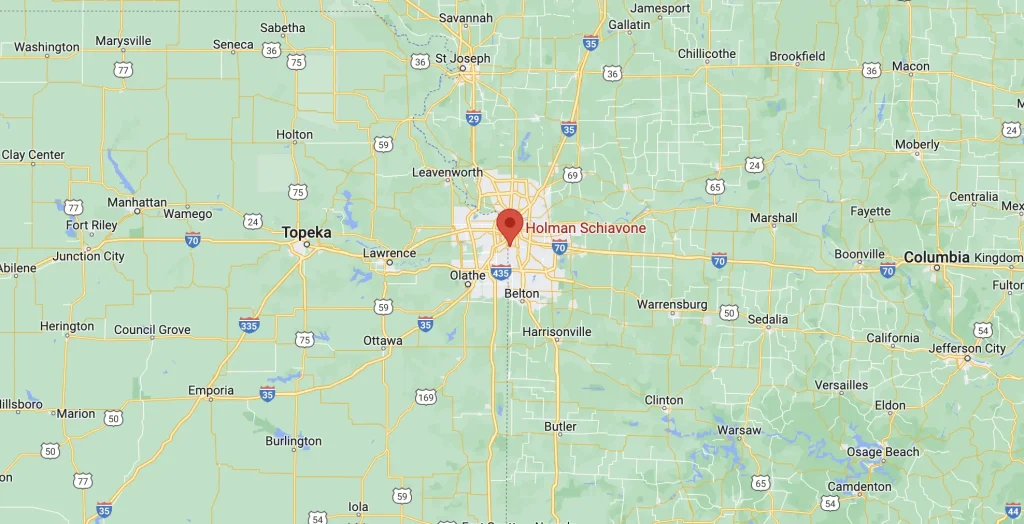Each year in the United States, an average of 4,423 children are treated in emergency rooms for injuries sustained on rides at amusement parks, fairs, malls and other locations. During the summer months – peak season for injuries of this type – more than 20 children per day are taken to the hospital for ride-related injuries.
In a study conducted by the Research Institute at Nationwide Children’s Hospital’s Center for Injury Research and Policy, analysts reviewed data from nearly 93,000 ride-related injuries affecting children age 17 and under from 1990 to 2000. The study, which was published in May 2013 in the medical journal Pediatrics, relied solely on data involving injuries serious enough to require emergency medical attention. This suggests that the actual rate of amusement ride injuries may be even higher than the numbers reported here.
Common ride-related injuries
The data analysis revealed that whiplash and other soft tissue injuries are the most common ride-related injuries among children, making up 29 percent of emergency room visits. Sprains and strains were the second most common at 21 percent, while cuts and lacerations were not far behind at 20 percent. About 10 percent of ride injuries involved broken bones.
Certain body regions appear to be more vulnerable to amusement ride injuries than others, according to the study. Twenty-nine percent of ride-related emergency room visits involve injuries to the head or neck, while 24 percent involve injuries to the arms. Facial injuries and leg injuries account for 18 and 17 percent of ride injuries, respectively.
Mall rides may pose heightened risk
It may come as no surprise that a majority of ride injuries occur during the summer months, when attendance at fairs and amusement parks is at its highest. According to the study, more than two out of three ride-related emergency room visits in the United States occurs between the months of May and September.
Notably, however, the study revealed that children who are hurt by rides at malls tend to suffer injuries of a different character than those who are hurt at other locations such as fairs and amusement parks.
For example, head injuries and concussions are linked more closely to mall rides than to other types of rides. In addition, falls are much more likely to be involved in mall ride injuries than amusement park or fair rides. While falls are involved in just under one-third of all ride-related injuries, the study shows, three-fourths of all mall ride injuries involve a fall from, onto or against the ride.
This may be due to the fact that mall rides are often installed and maintained with less attention to safety than rides in other locations. For example, children may be more likely to be injured by a mall ride that has been placed on a hard surface or lacks safety restraints.
Compensation may be available for ride injuries
If your child has been hurt by a ride at an amusement park, mall or any other location, you may be entitled to monetary compensation for your child’s injuries and related expenses. Contact a knowledgeable personal injury lawyer near you to learn more about the options that are available.


